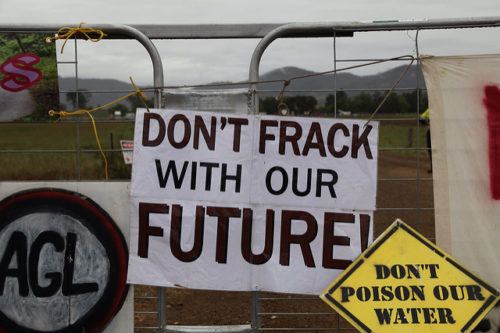
February 27, 2017; Boston Globe
When last we looked, the Environmental Protection Agency still makes this optimistic promise on its website:
Every year, EPA awards over $4 billion in funding for grants and other assistance agreements. From small nonprofit organizations to large state governments, EPA works to help many visionary organizations achieve their environmental goals. With countless success stories over the years, EPA grants remain a chief tool in the advancement of human health and the environment.
Yesterday, departing momentarily from his succession of executive orders, President Trump forecasted preliminary budget outlines he will present to a joint session of Congress today. Trump proposes to increase defense and security spending by approximately 10 percent, or $54 billion, in the fiscal year 2018, by taking the money from non-defense agencies such as the EPA. Social Security and Medicare will be left unscathed. In addition to the State Department, the Boston Globe reports, “Social safety net programs like food stamps would also be hit hard.”
Sign up for our free newsletters
Subscribe to NPQ's newsletters to have our top stories delivered directly to your inbox.
By signing up, you agree to our privacy policy and terms of use, and to receive messages from NPQ and our partners.
Trump’s top advisers huddled in the White House this weekend to work on his Tuesday night prime-time address. They focused on a single, often overlooked message amid the chaos of his first weeks in the White House: the assertion that the reality-show candidate is now a president determined to keep audacious campaign promises on immigration, the economy and the budget, no matter how sloppy or disruptive it looks from the outside.
This is merely the very beginning of a long and complex budget process. According to a report by E&E News, the environmental and energy news service, the president will ask that EPA’s $8 billion budget be cut by as much as 24 percent. Resistance from within and without the EPA might blunt these proposed budget cuts. Pew Research Center reported last December, “More Americans say environmental regulations are ‘worth the cost’ than say such regulations come at too steep a price.” Reuters conducted a poll showing that more than 60 percent of Americans want the EPA preserved or strengthened. Capital Hill will ultimately decide. Given that the EPA’s new chief, while defending a new view of the agency, sees those who want to dismantle the agency as “justified,” and Trump’s anti-environment cabinet in general, the EPA is clearly under assault.
The NRDC offers this fact sheet describing how the EPA protects the environment and our health. President Nixon created the EPA in 1970. Popular Science offers these disturbing photos of what America was like between 1971 and 1977 before the EPA’s important work took hold. If the EPA loses its strength and its way, the Flint water crisis may become nothing more than a quaint memory.—James Schaffer













